Stopping Blackbirds and Starlings
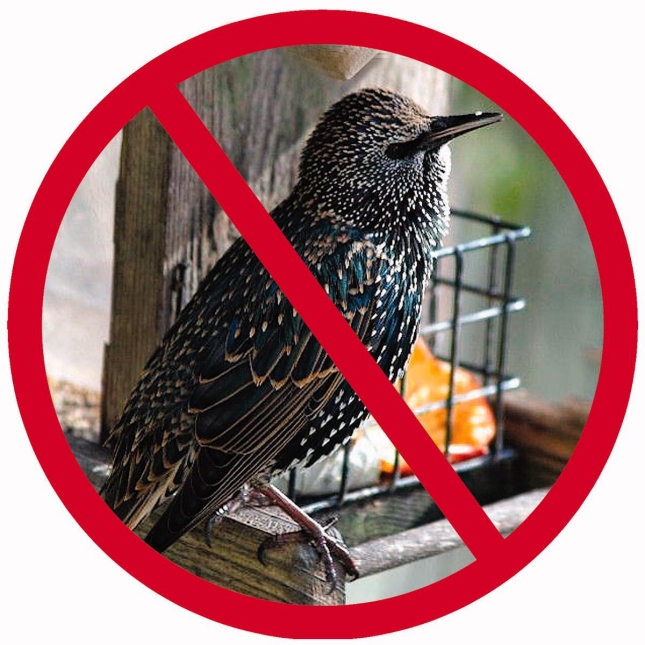 These species can inundate many a backyard feeder. In order to stop them, it's important to know a bit about them and to learn to distinguish between them.
These species can inundate many a backyard feeder. In order to stop them, it's important to know a bit about them and to learn to distinguish between them.
Starlings are a non-native species and are not related to our native blackbirds. They are iridescent black with speckles. Their beaks are dark in winter (shown here) and yellow in summer.
Grackles, who are black with a purple-blue sheen to their heads, are our most common blackbirds. Red-winged blackbirds and cowbirds are other native blackbirds who may visit your feeders.
*While not technically correct, all three species are commonly lumped under the term "Blackbird," and for simplicity we will use the term throughout the article unless specific clarification needs to be made.
Starlings' preferred diet consists primarily of insects and berries, but if these are hard to find, they turn to our feeders instead. Their beaks are not designed for cracking hard seed shells, so they go first for the softer suet cakes, peanut pieces, and other foods without shells. If those aren't available, they will even force themselves to eat hard shelled seeds. Fortunately, we do have a few tricks to eliminate Starlings from some feeders, and to slow them down at others, so your other birds can get their share of food, too.
The other blackbirds are more traditional seed eaters. They are less likely to bother suet, unless it is of poor quality (i.e., filled with seeds or grains), but will devour most common seeds readily.
There are several options for minimizing issues with blackbirds, and often a combination of techniques will be used to discourage them without stopping our favorite backyard birds.
Note - some of these products are available online, but others only in-store, so call us at 217-789-6468 if you would prefer curbside pickup or shipping for those items.
It may take 2 or more of the following solutions to exclude the birds you don't want while feeding all the different species you do enjoy:
Option #1
. Exclude Them
The most effective way to avoid losing all of your bird food to blackbirds is to physically prevent them from gaining access to the food. These birds* are simply too large to fit through the openings of the cages that surround the feeders below, yet smaller birds fly right through the openings in much the same way as they would fly through a fence or navigate in the dense branches of a bush.
Even the larger woodpeckers can still feed thanks to their long necks, prying beaks, and agile tongues, which can stretch to obtain food.
These cages will also stop squirrels and quickly pay for themselves in terms of food saved.
* Note that cowbirds are small enough to fit through caged feeders, so skip to steps 2 & 3 if they are your concern.
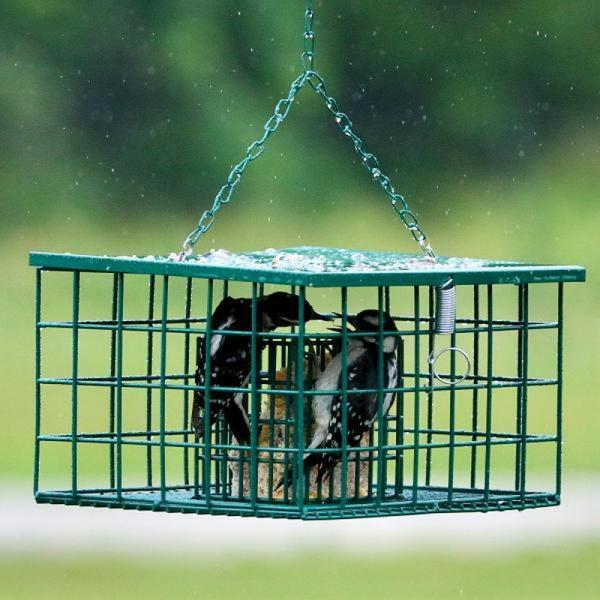
Suet Feeder with Built-In Guard (pictured)
This feeder holds two suet cakes and will provide woodpeckers, titmice, bluebirds, Carolina wrens, nuthatches and other smaller birds with a meal while excluding starlings, blackbirds, and squirrels.
On-Guard Protector for Peanut Feeders
, Cylinder Feeders, and more
These cage style guards (not pictured) are sold separately to fit over various feeder styles. Small birds fly right in, while large woodpeckers can stretch their long necks and beaks to reach the food. Blackbirds cannot. Bring your feeder in to let us match up the guard size needed. 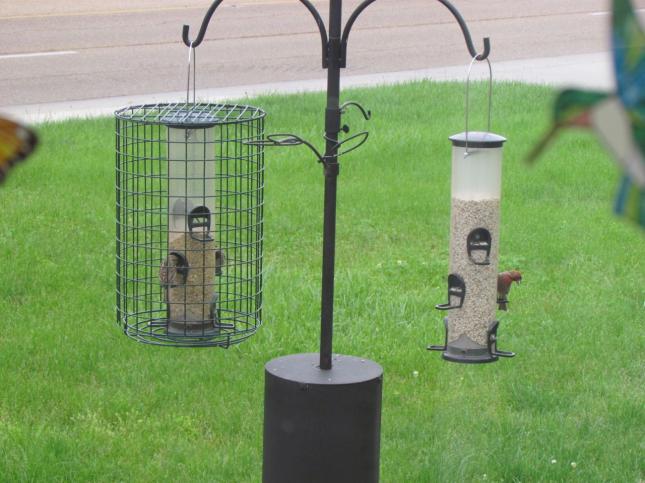 On-Guard for Tube Feeders, Perfect When Paired with a Safflower Feeder*
On-Guard for Tube Feeders, Perfect When Paired with a Safflower Feeder*
Because No-Mess Blend and other blends containing shell-free seeds are easier for starlings to eat, guards to protect the tube feeders in which they are served are beneficial.
* In the set-up pictured, located right outside our shop, the On-Guard cage protects the No-Mess blend, while the non-caged feeder is filled with safflower seed, a seed that blackbirds don't like, yet cardinals love. This two-feeder combination is our top choice for insuring that both small birds and Cardinals get their favorite foods.
The On-Guard cages stop squirrels and blackbirds, but large woodpeckers can still stretch their long necks and beaks to reach the food.
Option #2
. Slow Them Down
There are a few feeders worth mentioning that starlings can use, but which are challenging enough that the starlings may not completely dominate.
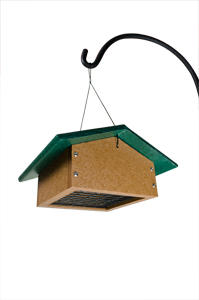 Upside Down Suet Feeder
Upside Down Suet Feeder
There are quite a few books and magazines that claim Starlings can't hang up-side down like the woodpeckers. Well, the starlings didn't read those articles and we'll be the first to say the Up-side Down Suet feeder is not foolproof. However, the challenge of accessing food from only the bottom of this feeder may be enough to keep starlings from eating an entire suet cake in one sitting. So, if you don't care for the look of the cage style protectors above, this feeder may be helpful.
Clingers Only Feeder
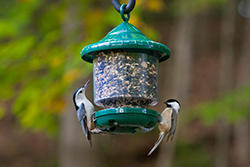
Because there are no perches or ledges on which to sit, the blackbirds do not use this feeder as easily as smaller birds, such as goldfinches, chickadees, titmice and nuthatches. Again, it will not stop all blackbirds, but can be used in an overall reduction program.
Option #3
. Offer Foods with Less Appeal
There are a few foods which are less palatable to blackbirds and using these in feeders that don't have guards on them can help discourage these birds from taking over.
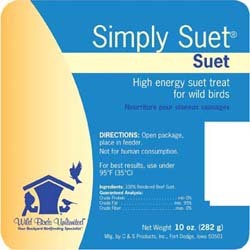 Simply Suet
Simply Suet
Woodpeckers enjoy Simply Suet, but most starlings don't care for it.
Simply Suet, which is pure rendered suet with no added nuts or fruit, has very little appeal to starlings. Only now and then do we hear of starlings eating it, usually out of complete desperation, but we hear great success stories from many people who come back to buy more, having had no starlings bother it at all.
Simply Suet is pure suet only.
Personally, I use our WBU SuperSuet in the caged suet feeder shown above since the many nuts and mealworms mixed in have the best overall appeal to woodpeckers, and I keep the Simply Suet in my Tail Prop suet feeder for any larger woodpeckers that choose not to stretch into the cage. This dual approach keeps everyone happy.
Bonus: Squirrels don't care much for Simply Suet either!
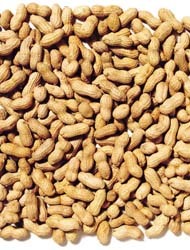 In-Shell Peanuts
In-Shell Peanuts
Since starlings lack the beak strength to crack hard peanut shells, whole peanuts can successfully attract jays, woodpeckers, titmice, and a few other species without encouraging starlings. About the only time we see starlings bother whole peanuts is if a woodpecker picks apart a shell and flies off with one peanut kernel, leaving the other kernel exposed, or if a batch of peanuts arrives with very thin or already cracked shells.
(Grackles CAN crack peanut shells, so this advice applies only to starlings.)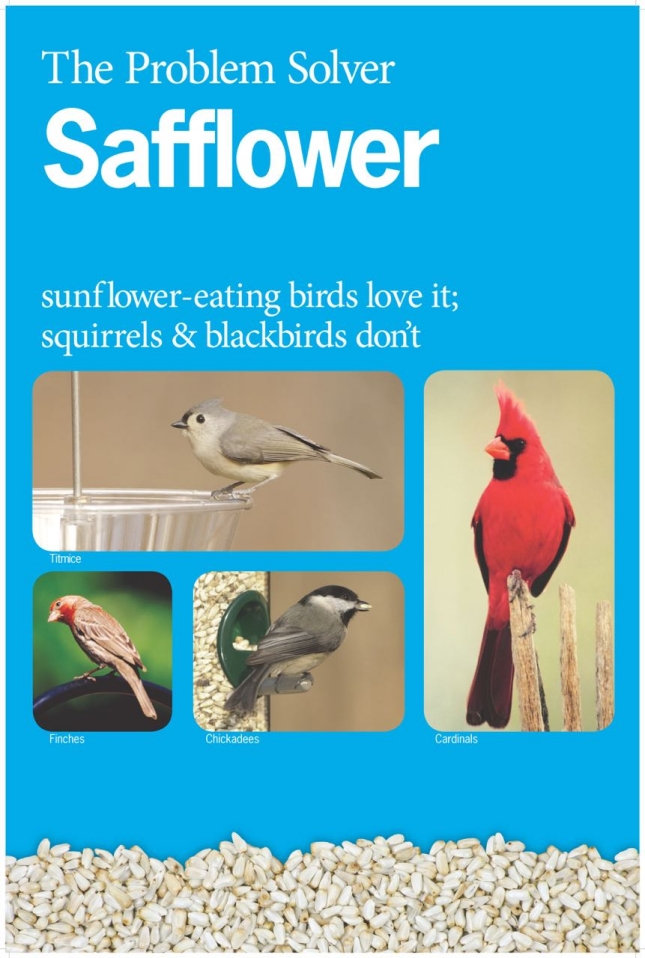
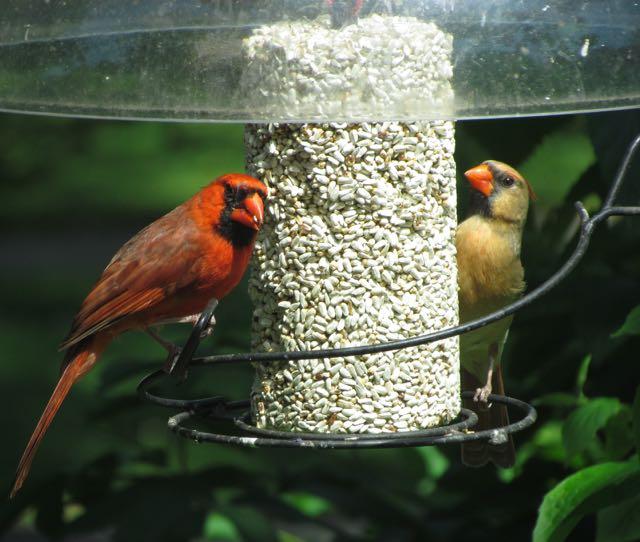 Safflower and Safflower Cylinders
Safflower and Safflower Cylinders
Because of the hard shell on safflower seed, which starlings can't crack, many starlings won't gorge themselves on safflower, though some will eat it in the worst of weather. Grackles can crack the shells, but very few like the taste, so safflower will discourage the majority of them. Safflower is available as a loose seed to use in most standard feeders, or as a compressed cylinder, which is even more challenging for starlings. To be effective, safflower must be the only seed in the feeder. It will not work when mixed with other seeds. Safflower has high appeal to cardinals, house finches, and doves (doves- loose safflower only), while being avoided by most squirrels and blackbirds. A two-feeder combination of safflower in a non-caged feeder and a WBU blend in a caged feeder is our top choice for insuring that both Cardinals and smaller birds get their favorite foods.
Sunflower Chips and Hot Sunflower Chip Cylinders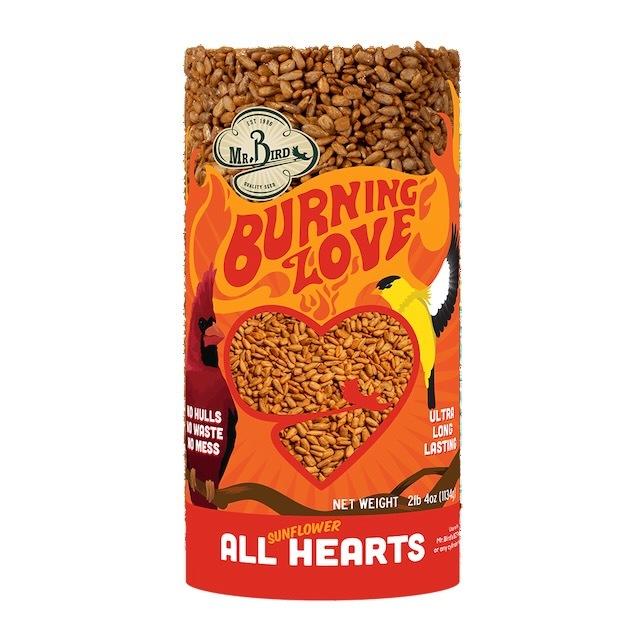
When looking for no-mess feeding, straight sunflower chips can help. Though starlings may eat some chips, they are not a favorite food and can help slow them down. In particular, we use them when safflower may not be your first choice either because of the shell debris or because there are a few birds, such as woodpeckers or Carolina wrens, who don't prefer safflower. Loose sunflower chips can be used in almost any all-purpose feeder, including squirrel-proof feeders. Burning Love HOT sunflower chip cylinders are squirrel resistant, so can help on two fronts.
BIRD TIP: Never offer bread, pizza crusts, or other similar foods. Few songbirds will eat them, yet these soft foods are extremely palatable to starlings and will act like a magnet, drawing every starling in the neighborhood.
Let Us Help
We hope you've found these tips and tricks useful for helping discourage blackbirds in your backyard. For more information, stop by Wild Birds Unlimited and we'll be happy to discuss the particulars of your backyard and help you create a plan to encourage the birds you want, while discouraging the ones you don't.
* Please note - This page is written by WBU of Springfield, Illinois. We are locally owned and operated. We specialize in local, personal service, so encourage you to stop in so we can discuss the specifics of your yard and help you choose the best options for your situation. If you live out of the area, you can also find some of our products in our on-line shop - MyWBU.

